
Cathedral route
Routes and Paths
Cathedral route in Porto and Northern Portugal: 7 temples to visit
One of the richest routes in Europe runs through Porto, Braga, Viana do Castelo, Vila Real, Lamego, Bragança and Miranda do Douro. The Cathedral Route in Porto and Northern Portugal showcases an invaluable religious, historical, artistic, cultural, symbolic and patrimonial heritage, guarded faithfully by these magnificent monuments.
These seven religious temples are a timeless expression of the identity of each region, collectively shaping the identity of our country. Embark on this journey and savor the experience with all your senses.
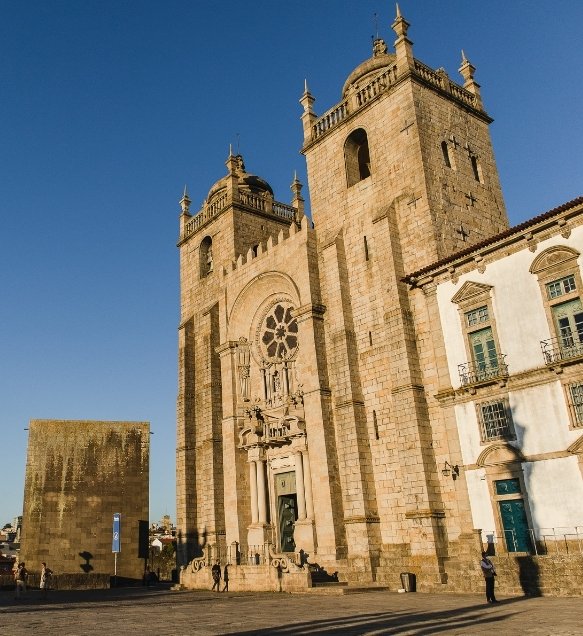
1. Porto Cathedral
As described by historian Joel Cleto, this is “one of the most historic, monumental, symbolic and religious spaces in the city of Porto”. Classified as a National Monument in 1910, the Porto Cathedral stands as one of the greatest medieval testaments of the "Ancient, Very Noble, Always Loyal and Invincible" city of Porto.
Located in the heart of the historic center, a UNESCO World Heritage Site, this imposing church-fortress deserves to be explored at leisure. Take your time to let your eyes and ears absorb this monument with a distinct Northern character. Be sure to spend a few moments admiring the image of Our Lady of Vandoma, the city's current patroness.
On one of the intermediate floors, visitors can admire numerous priceless artifacts, which attest to the historical and patrimonial significance of this site. Don’t miss the urn containing the remains of Saint Pantaleon, who was Porto’s patron saint for nearly five centuries.
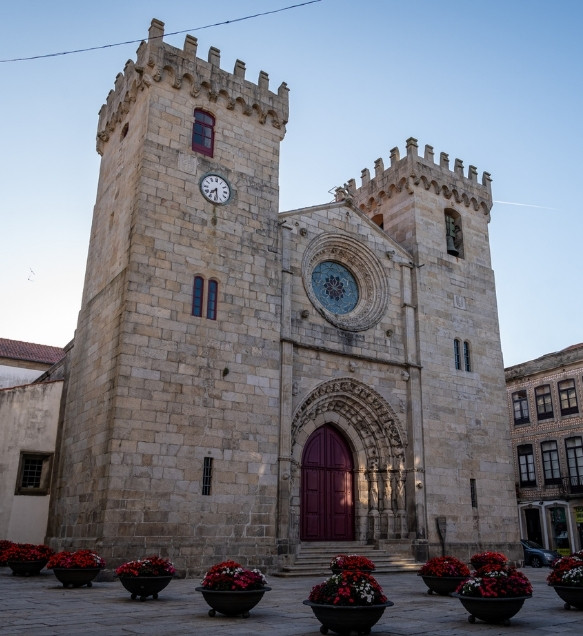
2 - Viana do Castelo Cathedral
The construction of the Main Church of Viana do Castelo, with gothic features, dates back to the first half of the 15th century. Initially dedicated to the Divine Savior, it was later consecrated to Marian worship. Externally, it retains the appearance of a fortified church, with romanesque inspiration, similar to many temples in Galicia.
At the entrance, the sculptures of six Apostles — Saint Peter, Saint Paul, Saint John, Saint Bartholomew, Saint James and Saint Andrew — appear to protect the space and its visitors. The sculptures on the main portal are an outstanding and rare example of national gothic.
Located in the historic center of Viana do Castelo, the Main Church was classified as a Property of Public Interest and, in November 1977, was elevated to the status of Cathedral.
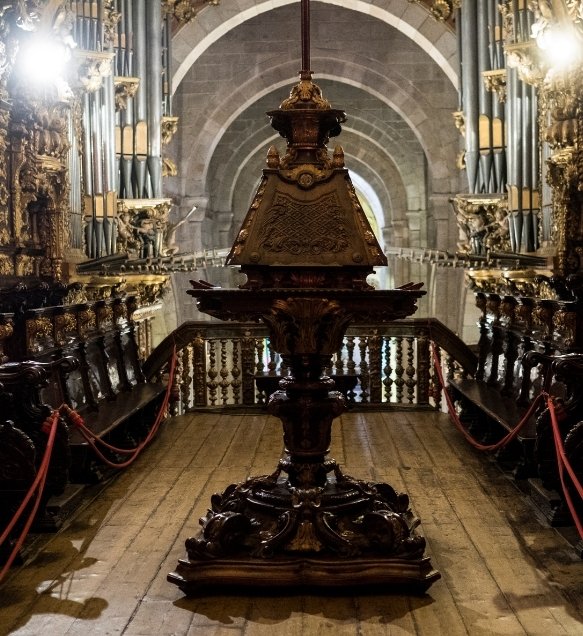
3 - Braga Cathedral
This is undoubtedly one of the most famous monuments in the “City of Archbishops”, renowned for its unparalleled splendor and beauty. Speaking of beauty, did you know that inside this cathedral there is an organ from 1738 with 2,400 pipes, some of which are submerged in water, producing a sound similar to the singing of nightingales?
The earliest records of its existence date back to the year 400, which grants it the status of Portugal's oldest cathedral. The current structure was designed by Bishop D. Pedro in the late 11th century, and was reportedly built on the site of a Roman temple dedicated to the goddess Isis.
The Chapel of the Kings houses the tombs of Henry of Burgundy and Teresa of León, the parents of Portugal’s first king, D. Afonso Henriques. A visit to the Treasury-Museum is also a must, where priceless relics are preserved, including the cross carried by Pedro Álvares Cabral's fleet and used during the first mass held in Brazil.
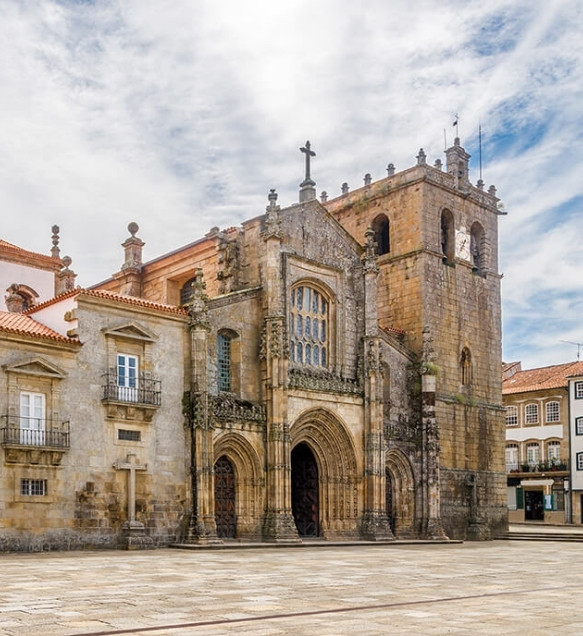
4 - Lamego Cathedral
The first reference to the bishopric of Lamego dates back to 572, marking the origins of a cathedral whose façade and interior show impressive beauty and grandeur. The diocese was reestablished in the 12th century, following the defeat of the Arab invaders.
The construction of the current building began in 1159, on the site of an older chapel dedicated to Saint Sebastian, which had been built a few decades earlier.
To the north of the main façade, the former Episcopal Palace stands out. Since 1917, it has housed the Lamego Museum, which exhibits some of the finest religious artwork in the city, including panels painted by the renowned Portuguese artist Grão Vasco (16th century) for the cathedral’s main chapel.
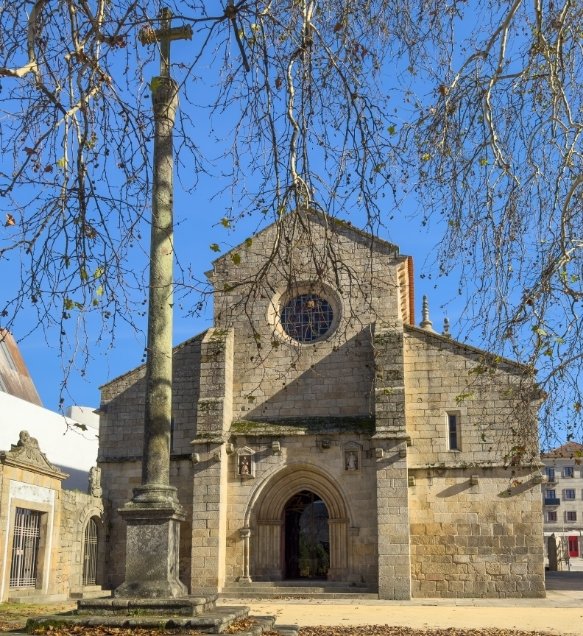
5 - Vila Real Cathedral
The best example of late gothic architecture in the Trás-os-Montes region, the Vila Real Cathedral also retains distinct romanesque features. Built starting in 1424 by Dominican monks, it is still widely known as the Church of São Domingos.
The dissolution of religious orders in Portugal in 1834 and a fire on November 21, 1837, destroyed much of the convent's interior and much of the church’s assets. In 1922, with the elevation of Vila Real to a diocese, the church became a cathedral. Visiting it is like taking a journey through the centuries.
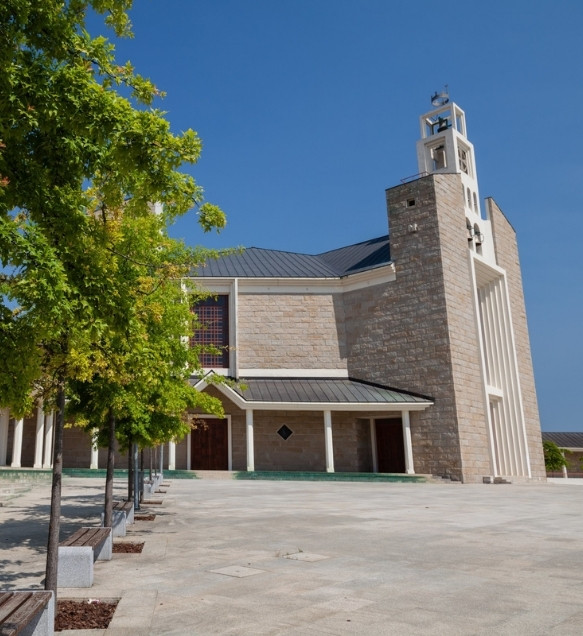
6 - Bragança Cathedral
The first cathedral built in the 21st century, Bragança Cathedral, was designed by architect Vassalo Rosa and dedicated to Nossa Senhora Rainha (Our Lady Queen). It replaced the old cathedral, which had originally been constructed in the 16th century as a convent for the Clarisse nuns. When the diocesan seat moved from Miranda to Bragança in 1764, the church was expanded and elevated to a cathedral.
Construction of the current cathedral began in 1982 and was completed six years later, and its inauguration took place on October 7, 2001. During your visit, don’t miss the tabernacle, which uniquely represents the geographical shape of the Bragança district.
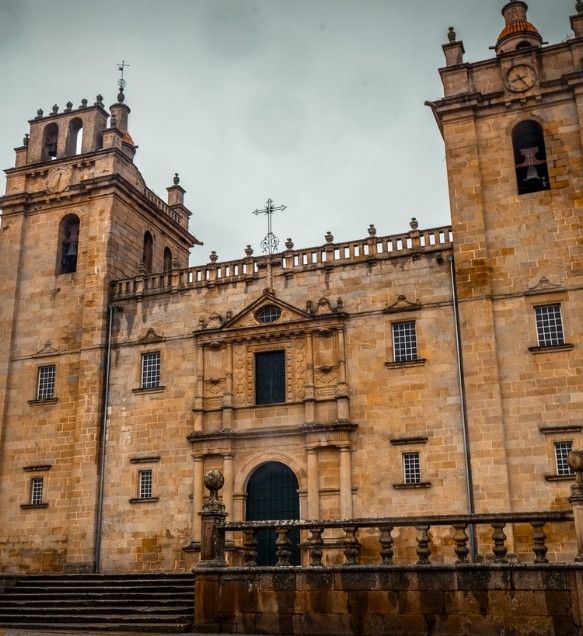
7 - Co-Cathedral of Miranda do Douro
The construction of the Co-Cathedral of Miranda do Douro began on May 24, 1552, by order of King João III. For that, the former Church of Santa Maria, a gothic temple erected during the reign of King Dinis in the 14th century, had to be demolished.
The cathedral maintained its status as an episcopal seat until 1780, when the diocese's headquarters were transferred to Bragança, and the building became known as the Co-Cathedral or the Parish Church of Miranda do Douro.
Admire the altarpieces of São Bento, Nossa Senhora dos Remédios, the Relics, Santo Amaro and Nossa Senhora do Rosário (now dedicated to the Sacred Heart of Jesus). Don’t miss the 18th century statue of the Menino Jesus da Cartolinha, housed in a baroque gilded wood altarpiece, where the faithful leave their offerings.
Whether you are a fervent devotee or simply a lover of Portugal's architectural and cultural heritage, the Cathedral Route offers countless opportunities for an enriching dialogue between past and present, origins and legacies, the sacred and redemption, ancestors and the people who, every day, carry stories in their hearts and use them to shape their lives.
With or without meticulous planning, set out on this journey and let yourself be enriched by the Cathedrals of Northern Portugal and the story of faith they are ready to share.